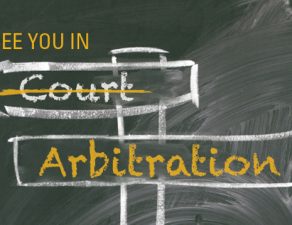
If you’ve read this Blog for any time at all or picked up any book on Arbitration advocacy or even effective Trial practice…pretty much guaranteed you’ve seen the concept of Theme mentioned. So when looking at writing your Contentions on a subrogation arbitration case…is a Theme really all that important? I mean cases are decided on the Evidence right so does it really matter if you write your case evolved from the vehicle to your insureds right failing to yield on a yellow signal versus your insured was broadsided at an intersection in the middle of the day when the adverse recklessly ignored a yellow light causing significant damage to your insureds car.
Me? I like the latter; it paints a broader picture; already speaks to severity and chances are the Arbitrator is a little more engaged with…OK: how did this happen ?’ A Theme sets a premise; a theme invokes mental imagery; a theme sets the stage for what you will continually refer back to as the narrative and the Evidence unfolds. Part of writing any set of Contentions is to be persuasive. Far too often advocates reiterate the facts of the loss with little use of action verbs that invoke any sense of attempting to influence the Arbiter to their position. If you tell me your car was ‘broadsided’; as the Arbiter I want to know how that happened? If you tell me the adverse was ‘reckless’; how so and then persuade me they were. Telling me as the Arbiter they failed to yield on a yellow; that’s fine but it doesn’t really invoke an imagery about severity. For certain; we are not advocating that you not say that…what we are advocating is the how you say it.
Rest assured when I come to my closing… I am going to reiterate just how negligent the adverse was and that (like I’ve done here in this Blog) … is a Theme.
Case Presentation 101 is produced by Claims Resource Services; one of the nations top arbitration and subrogation services firms. The writer Kevin Pike can be reached at kpike@claimsresource.comand has daily tips on arbitration via Twitter: @Arb2Win






